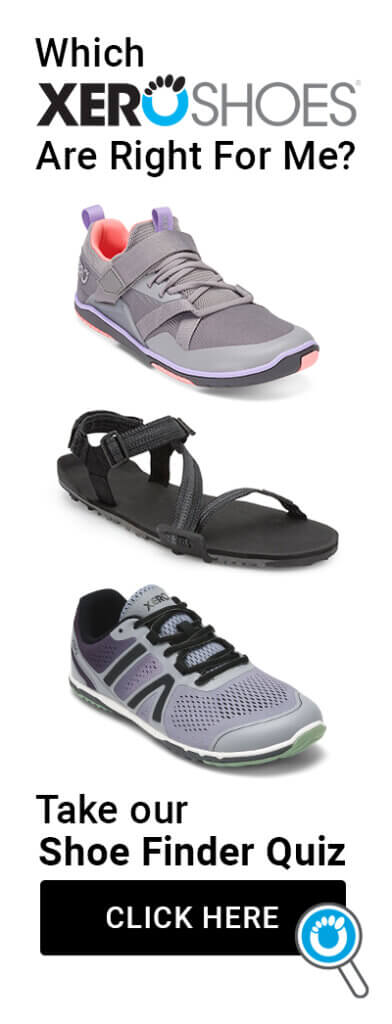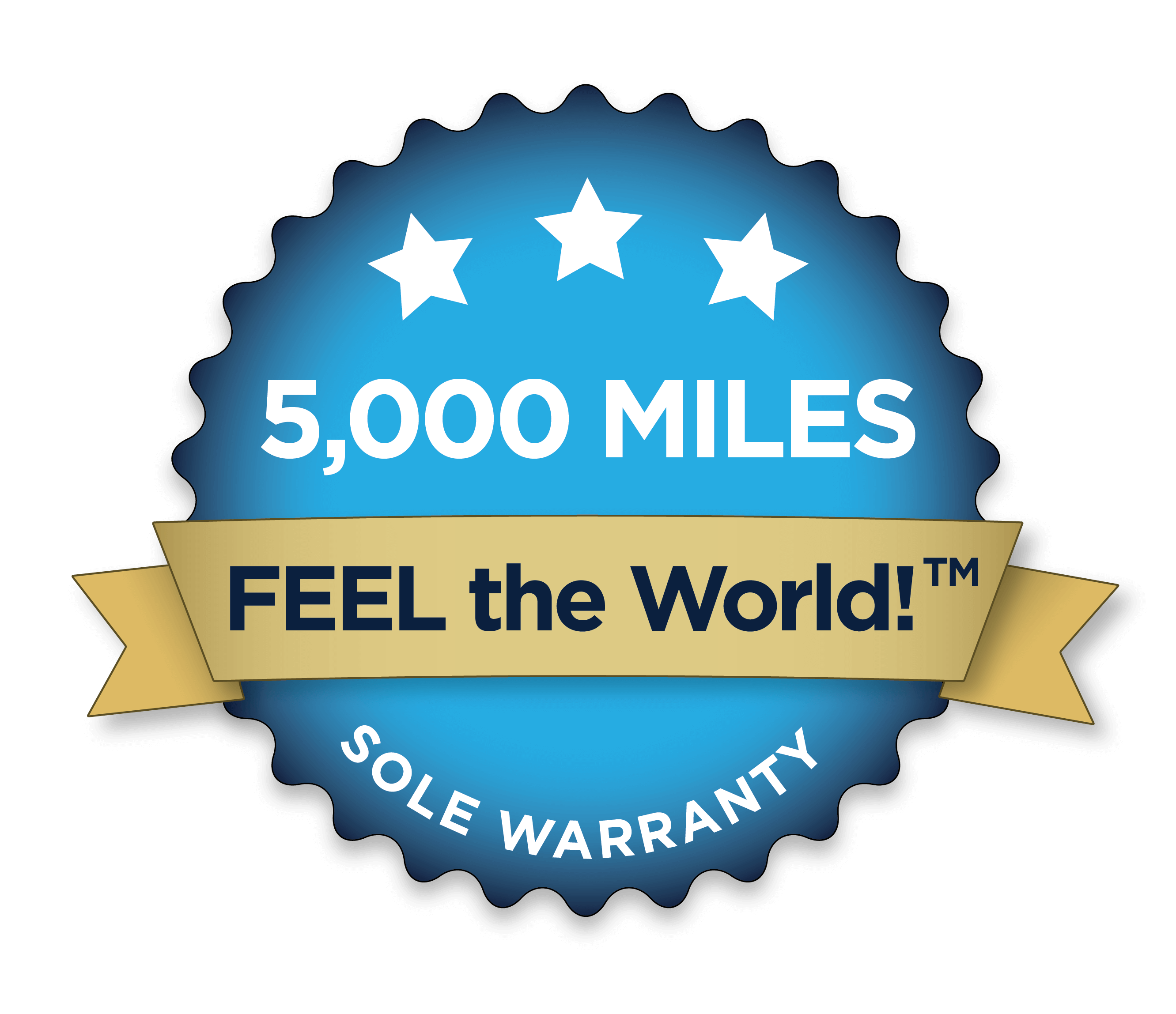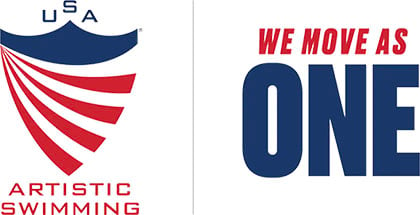A barefoot running vs. running shoes “infographic”
I’m get all geeky over well-presented information, and the graphic about barefoot running and regular running shoes from XRayTechnicianSchoools.net is a pleasure.
Whenever someone says to me “Barefoot running can cause injuries” I remind them of the fact in 1/3 of the infographic: 90% (I heard 80%) of marathoners get injured each year.
When people ask me about wearing barefoot running shoes in the winter, I remind them of that big squiggly time line showing that for hundreds of thousands of years, we would walk and run barefoot, without shoes, in some pretty cold places (in other words, your body, given time, will acclimate).
And, I agree that being barefoot is not appropriate all the time… like when you want to get into a restaurant. Hence the value of our high-tech upgrade on the Tarahumara huarache-inspired shoes and sandals, where you still get a great barefoot feel, but can get into restaurants.
I also got a great flashback from the 1974 timeline: I vividly remember getting my first pair of Nike Waffle Trainers. What’s funny is that most people remember that it allowed you to land on your heel. I remember that it had such a large amount of “toe spring” (a curve up from the ball of your foot to your toes) that it kept me on my toes! (I was, and still am, a sprinter, so I don’t spend much time running on my heels).
AMAZING to see that barefoot running shoes are a $1.7 billion industry, in part because the market has grown MUCH faster than anyone imagined it would. But also because most of the barefoot running shoes are SO expensive. Minimalist shoes clearly doesn’t mean minimalist prices, it seems 😉
And, of course, I agree about the best way to start barefoot running (there’s no rush to make the transition out of running shoes and over to barefoot)

Created by: X Ray Technician Schools
The content of this post does not constitute and is not intended to be a substitute for professional medical advice, diagnosis or treatment. Always seek the advice of a physician or other qualified health provider with any questions or concerns you may have about your health or a medical condition.







 Fostering honest and responsive relationships between businesses and consumers.
Fostering honest and responsive relationships between businesses and consumers.














Way too cool!
[…] and fun – infographic from Steven Sashen of Invisible Shoes. It’s a comparison of barefoot running versus running in shoes. It present the fundamentals very clearly, and so would make a good “show me” to those […]
For those of us (especially us OLDER people) making the transition to barefoot walking and running, please post
suggestions as well as experiences of people going through this. I’d love to know how others are doing this. I do all my walking and running now in Keds gym shoes – plus pad around the house barefoot. I was born with flat feet, and have spent decades in support shoes, suffering PF. My feet are much happier now, and the miracle of a foot arch is developing. The process is slow. I live in cactus-country, so am hesitant to ever consider going without protection on my soles outside.
Define “older” 😉 … I made my switch when I was 47.
There’s really no difference in the advice for making the transition, since it’s all based on your personal experience rather than some set “run this many miles on Wednesday and then THIS many on Thursday” plan. See my post about how to start barefoot running.
Welcome to the “developing arches” club! I had flat feet my whole life… until 2 years ago. And, we have cactus here, too… so I’ve often been saved by my Invisible Shoes! 😉